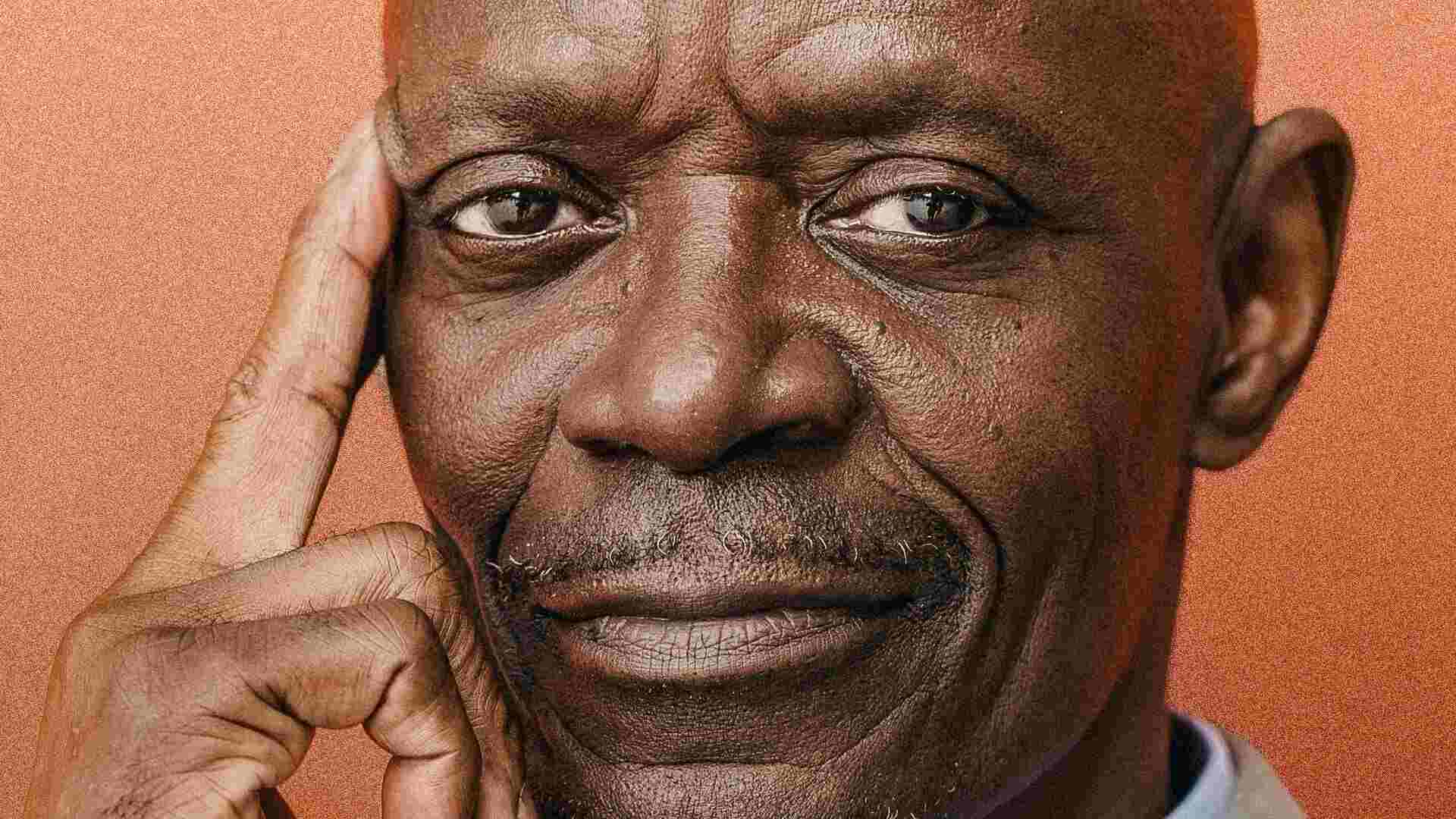- | 8:00 am
Are you holding your breath right now? How breathwork can help relieve stress
Here’s what happened when I tried breaking my habit of holding my breath while working.

I have a confession to make: I hold my breath. I don’t know I’m doing it until I take the next breath and realize I haven’t breathed in a couple of minutes. Since I don’t do it intentionally, it’s been a hard habit to break. Then I talked to Will Cady, author of Which Way Is North: A Creative Compass for Makers, Marketers, and Mystics, about his views on breath holding.
“There’s a cycle of connection between the state of your breath and the state of everything else,” he told me. “I hold my breath a lot where my lungs are empty when I’m in a state of lack or urgency, such as powering through my to-do list. It’s the way for the body to mask what the mind is doing.”
That makes sense to me. Most often, I hold my breath while I’m writing, especially if I’m working intently on a paragraph. In fact, I just held my breath writing this one.
“We really tend to forget our breath when we’re lost in stress,” says Cady, who is also global brand ambassador for Reddit. “We’re not noticing what clear and calm feels like from a breathing standpoint. Bringing breathwork into a daily practice is so essential right now.”
START BY NOTICING
It takes just three deep breaths to rewire your nervous system, says Cady. “Start by imagining a meter,” he says. “The top of the meter is your deepest inhale, with full lungs, and the bottom of the meter is your deepest exhale, with empty lungs. Notice where on that meter you are breathing. How deeply or how shallowly are you breathing?”
Then try three breaths again, this time using your lung’s full capacity. Notice the difference in how you feel.
“The truth is, none of us breathe to our full capacity all the time,” says Cady. “We’re always limiting our breath. When you are closer to your inhale to the top of that meter, you’re closer to a sense of abundance. When you’re closer to the bottom, you’re closer to a sense of lack. It’s really all about the noticing.”
Just knowing my breathing tendencies has made me more self-aware. When I catch myself holding my breath, for example, I take a break and do three full inhales and exhales. It immediately calms my body and my mind. I also realize that certain situations cause me to breathe more shallowly, and I can explore why I’m feeling stressed.
4-7-8 BREATHING
Another helpful technique Cady recommends is 4-7-8 Breathing, which was developed by Dr. Andrew Weil. Inhale for a count of four, hold your breath for a count of seven, and exhale for a count of eight. Then repeat the cycle.
“What that does is it intervenes with your nervous system to reboot it,” says Cady. “We spend a lot of time in fight or flight, our sympathetic nervous system. Breathwork gets us into rest and digest, our parasympathetic nervous system. You release what your body is holding.”
I found this type of breathwork to be good in the moment. For example, I was stuck in holiday traffic the other day and realized I was holding tension in my arms as I gripped my steering wheel. At a light, I took three conscious 4-7-8 breaths, and the anxiety fell away.
Your nervous system keeps you in a story, such as the hustle and bustle of the holidays is stressful, says Cady. “Simply a few rounds of conscious breathing like 4-7-8 clears it out,” he says.
8-8-8-8 BREATHING
Another technique Cady recommends is 8-8-8-8 Breathing. Similar to box breathing, it uses symmetrical breaths. Inhale through the nose, hold, exhale through the mouth, and hold, each to a count of eight seconds.
“Take the deepest breath that you’ve taken all day because that is going to create a unique state of mind,” he says. “Then hold your breath at the top and feel your heartbeat. Put your fingertips together because you can oftentimes feel your heartbeat through your fingertips.”
Notice how your heartbeat changes when you have a full breath of your lungs and again when your lungs are empty. Repeat this technique at least three times.
“What happens, especially when you’re holding your breath at the bottom of your exhale, is a very powerful switch for the nervous system,” says Cady. “Your body gets into a mode where nothing matters more than getting that next breath. It’s a hack to quickly get your parasympathetic nervous system into rest and digest because it resets your heartbeat to a state of coherence with your body and with your brain.”
Using the 8-8-8-8 approach puts you into a place where you completely shift your priorities. You gain comfort through discomfort.
“It’s very yogic in a lot of ways,” says Cady. “A lot of yoga poses are about holding yourself in a place of discomfort, so that you can apply that skill set to other areas in your life. That’s the same thing with sitting with empty lungs.”
This was my least favorite form of breathing because the inhale felt too slow, especially after holding empty lungs for a count of eight. Since it was my least favorite, I found myself choosing 4-7-8 in the moment. However, I found that it only took one round of 8-8-8-8 to let go of the stress I was holding.
Whether it’s simply noticing your breath or choosing a measured technique like 4-7-8 or 8-8-8-8, breathwork is a powerful tool you can use in the moment whenever you need it and wherever you are.
“It’s free energy; it’s air,” says Cady. “In three breaths, notice: How do you breathe? How does how you breathe affect how you feel? How does how you feel affect how you think? How does how you think affect what you do? Finally, how does what you do affect how you breathe? It all starts with the breath.”
Correction: An earlier version of this article misstated the definitions of the sympathetic and parasympathetic nervous systems.







































